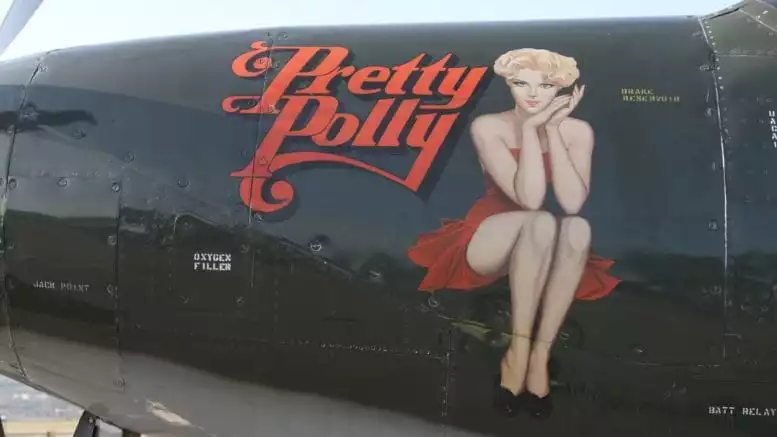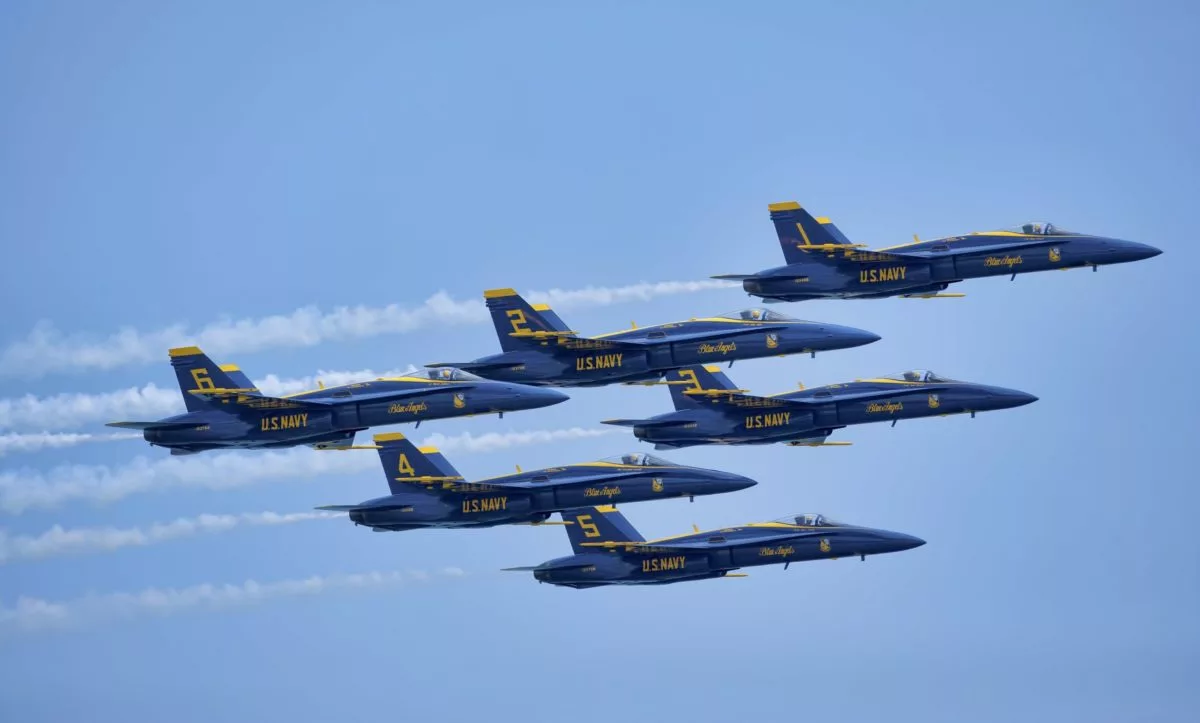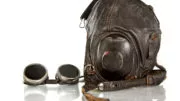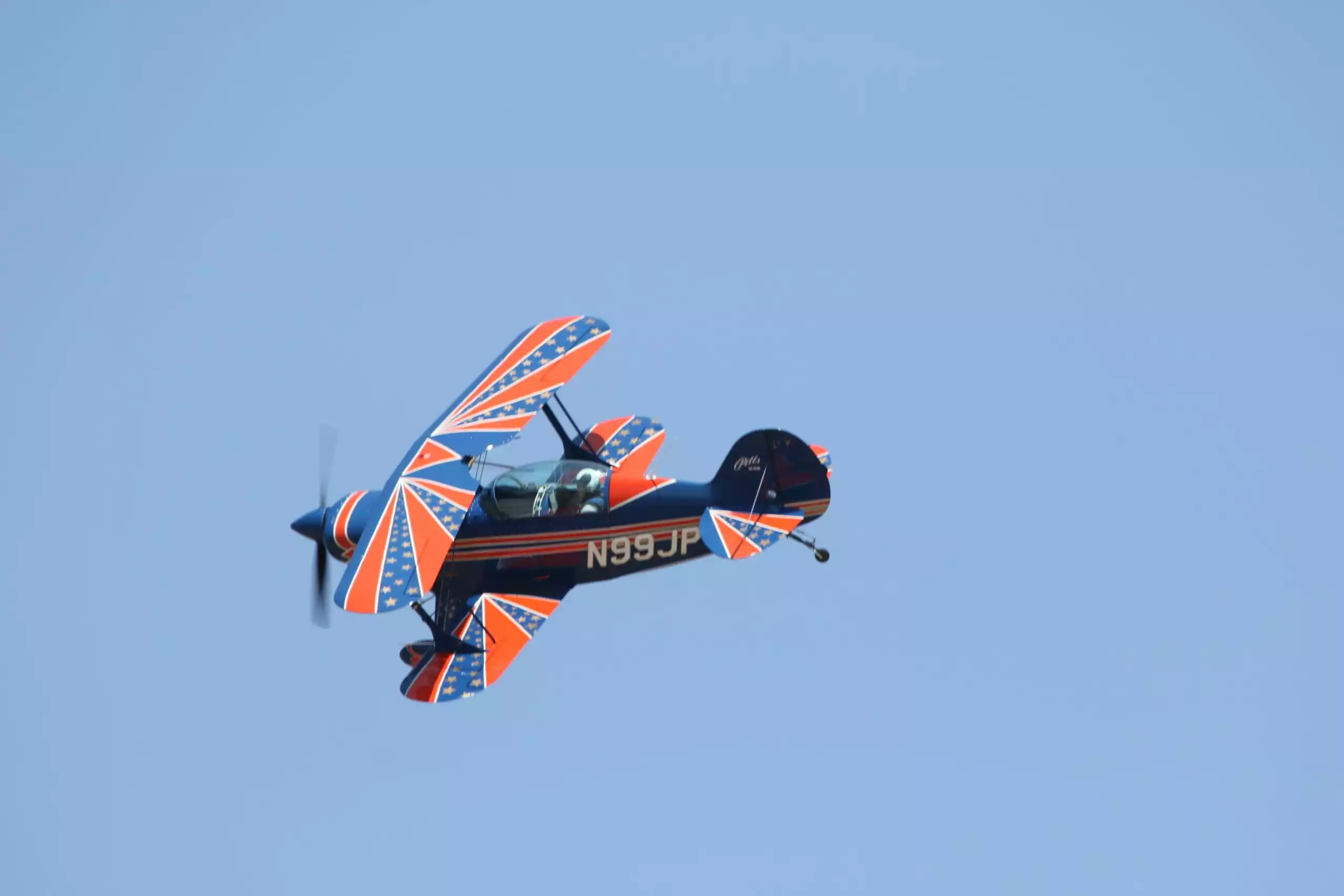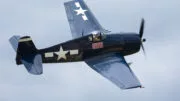Aircraft Names: Why Do Some Airplanes Have Names?
Throughout history, there have been many aircraft names. The Memphis Belle was the first B-17 bomber to safely complete 25 missions during World War II while Enola Gay was the first aircraft to drop an atomic bomb; but why do some airplanes have names?
Pilots who are accustomed to reading off their tail numbers to air traffic controllers might wonder why some airplanes have names and others don’t. Wouldn’t that be easier to remember, not to mention repeat through a static-filled microphone exchange? It might seem that only historic or military airplanes are named, such as Spirit of St. Louis, Glamorous Glennis, and Enola Gay. But the answer is much more complex than that. As a matter of fact, almost all manned spacecraft have names, too. Let’s have a look at why some airplanes have aircraft names, and others do not.
Commercial Airline Aircraft Names
Commercial airliners in the United States generally don’t have aircraft names. However, this convention is more popular and well-known in Europe, Asia, and the Middle East. Sometimes, the first aircraft in an airline’s fleet is given an affectionate nickname. For example, the first Airbus A350 rolled out from Virgin Atlantic is known as Red Velvet.
Others might make this exception to honor a certain person or to mark a special occasion. For example, in 2019, British Airways unveiled four “retro jets,” painted and named to look as they did several years ago to celebrate the airlines’ 100th birthday. One was re-named City of Swansea to honor its original title and livery. As you can imagine, this was a wise marketing move, and the special jets caused a social media sensation when they were spotted at Heathrow.
In the 1920s, the Dutch airline KLM christened one of its airplanes Dikke Dirk, which translates to Fat Dirk, because was wider than what the engineers and pilots were used to. Later, KLM began naming its aircraft after capital cities, birds, and landmarks. Hawaiian Airlines aircraft names are inspired by constellations, wildlife, and flowers. Spicejet, which operates out of India, names its airplanes the likes of Turmeric and Coriander.
Other companies have naming contests or use hashtags so as to maximize public relations exposure. Most touchingly, Lufthansa, a German airline, christened one of its Airbus 340s the Gander Halifax in honor of the tiny Canadian community which took in its crew when they were stranded there in the days after the terrorist attacks of September 11, 2001.
All About N-Numbers
The tics and quirks of aviation are also easily traceable to nautical traditions—after all, a craft is a craft. Ships were formerly named for easy identification, particularly in ancient times when fleets were relatively small. By the time airplanes came along, however, registration numbers, also known as tail numbers or “n-numbers,” since American airplanes all start with that letter, made more sense. These alphanumeric groupings are registered with the FAA and carry from owner to owner, no matter what the pilot or airline paints on the side.
N-numbers either have one to five numbers; one to four numbers, followed by a letter, or one to three numbers which are followed by two letters. To ensure air traffic controllers, ground crews, and others reading off tail numbers don’t become confused by the number one and the letter I, or the number zero or the letter O, those two letters are never included in an N-number.
If a pilot is desperate for “vanity plates” on his or her airplane, a new owner or initial purchaser can reserve a tail number as long as it is available and fits within FAA guidelines. Although the fee for doing so can be as little as $10.00, changing a registration number can be a bureaucratic nightmare involving written notices, documentation requests, airworthiness certificates, insurance notifications, and decal placement.
In aviation localities with small fleets, such as at a flight school, the letters embedded in the aircraft’s registration might become the airplane’s nickname. This depends on how these two letters are sounded in the International Radiotelephony Spelling Alphabet, which is standard in most nations. For example, an aircraft with “AZ” in its N-number might become known as “Alpha Zulu,” which is easier and frankly more personable than spitting out the full N-number each time.
All the Single-Engine Ladies
Why do both ships and airplanes almost always bear female names? No one knows for sure. It could be because they were originally named after goddesses and such popular female mythological figures as sirens; this later translated to the use of mortal female names. Another theory suggests that in many languages, the noun “boat” might have had a feminine form, as in “le” or “la” in French or Spanish. Therefore, simple grammar might be reason why one of the most famous airplanes to come out of World War II is called “Memphis Belle.”
During World War II, nose art depicting the name of the airplane (some more risqué than others) became popular on bombers. Pilots of single engine airplanes and fighters began stenciling their own names, call signs, or nicknames on their aircraft to for a sense of connection and further a feeling a pride for both themselves as well as the crew which kept it in the air. More conventional names or puns were used as well.
In the Navy, it’s common practice for the names of the entire flight crew to appear on the aircraft. Nicknames are often given to a certain model of military airplanes, rather than each individual aircraft. Some of these are more graceful than others. For every Skyraider, there is a Warthog. All of it is a morale boost for the pilots as well as the mechanics.
Then again, despite all the work and thought the Wright Brothers put into inventing humanity’s first workable powered airplane, the best name they could come up with was “The Wright Flyer.” Here in the space age, the names of the spacecraft are almost always carefully gender-neutral (Friendship 7, Endeavor, Eagle) but if you listen carefully to techs and astronauts, the traditional “she” is still often used in casual conversation. This practice has carried right over to science fiction; imagine Star Wars without the Millennium Falcon or Star Trek without the Enterprise. The ships become characters in their own right, as indeed airplanes do, too.
Ready to Soar with Us?

